Tooth Extraction – Chesterfield, MO
Building a Healthier Foundation For Your Child’s Smile
Dr. Sedighi and our team understand that there’s no substitution quite like a natural tooth. That’s why we’ll always attempt to save existing teeth at all costs. However, in certain cases, the tooth cannot be restored and extraction is needed. If tooth extraction in Chesterfield, MO is necessary, our team will discuss the diagnosis and all treatment options with you before moving forward, so you can make the best decision for your child’s oral health.

Why Choose Homer Sedighi, D.M.D. for Tooth Extractions?
- We Never Suggest Unnecessary Treatments
-
Customized
White Dental
Crowns - Licensed Pediatric Dentist
Reasons for Kid’s Tooth Extractions
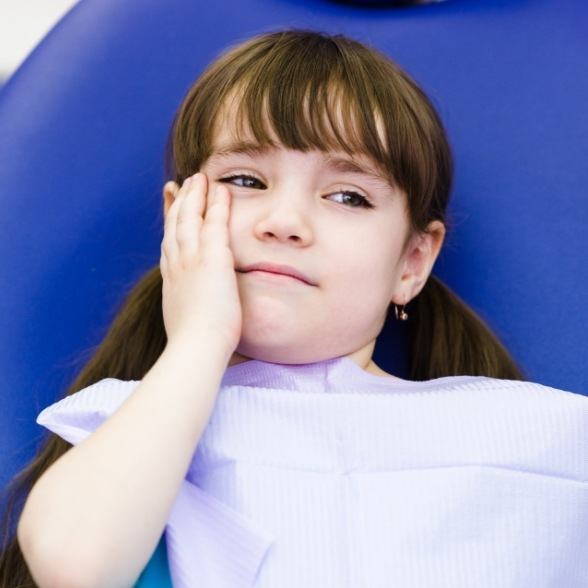
Once we’ve examined your child’s mouth, we’ll discuss our findings and possible treatment options with you. We typically suggest removing problematic teeth if they pose a serious threat to their oral health, including in some of the following situations:
- Decay is too extensive to be treated with restorations.
- Your child needs to undergo orthodontic treatment but suffers from overcrowding.
- Baby teeth fail to fall out before their permanent teeth begin to grow in.
- Severely damaged teeth pose a threat to your child’s overall health.
If you have any questions, don’t hesitate to speak with Dr. Sedighi during your appointment. Our team is more than happy to discuss details of diagnoses and treatment plans with you so you can feel confident in your child’s treatment.
Post-Op Tooth Extraction Instructions
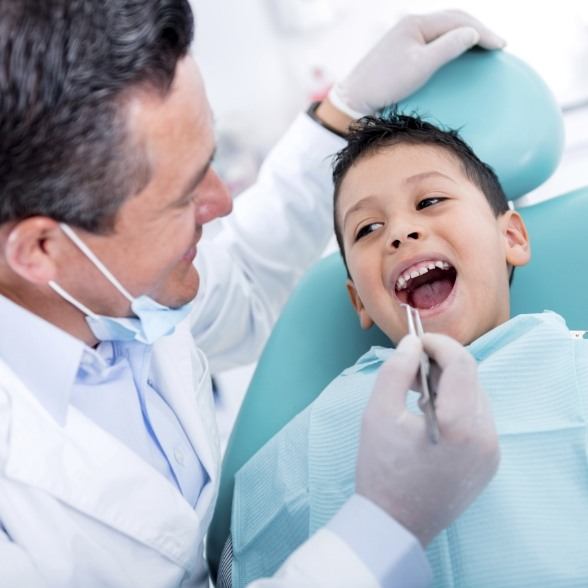
After your child’s extraction, our team will provide you with aftercare instructions to make sure that their recovery is predictable. If you have any questions or concerns about your child’s recovery, don’t hesitate to contact our dental office right away at (636) 777-7777.
Understanding the Cost of Tooth Extractions

The cost of pediatric tooth extractions can depend on a few factors. During your child’s consultation, we can discuss some specific numbers and help you understand your payment options, such as insurance. Most patients find that with the help of available provisions, tooth extractions are relatively affordable. Remember, you are making an investment in your little one’s oral health and overall wellness, and you could very well be preventing the need for more expensive treatments in the future.
Factors That Can Affect Tooth Extraction Cost
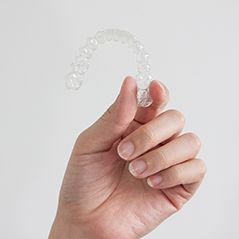
Some factors that may influence the cost of your child’s extraction procedure include:
- The specific tooth that needs to be removed. Some teeth are more difficult to extract than others and may incur higher fees.
- The number of teeth that must be extracted. Logically, the removal of one tooth costs less than the removal of several.
- Complicating factors. We can perform most tooth extractions in our office. If we must refer your child to another specialist, it can affect the overall cost of their care. For example, some impacted teeth (teeth that are stuck beneath the gumline) should be removed by an oral surgeon.
- Additional care. If we remove one of your child’s permanent teeth, we may need to discuss tooth replacement options. If we remove a baby tooth, we might need to use a space maintainer to protect the development of future adult teeth.
Does Dental Insurance Cover Tooth Extractions?
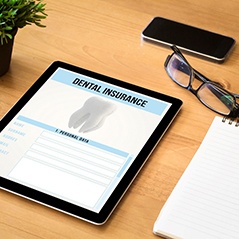
It is common for dental insurance to cover up to 80% of the cost of simple extractions and around 50% of the cost of surgical extractions, up to the amount of the plan’s annual maximum. Our team can help you understand how your benefits apply and let you know what your out-of-pocket obligation will be. Although we are not in-network with any insurance plans, we can still file claims for you so you can maximize your benefits.
Other Options for Making Tooth Extractions Affordable
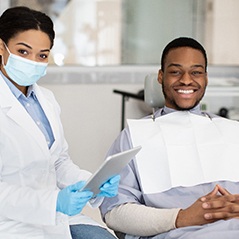
If you do not have insurance or have concerns about being able to meet your copay/coinsurance, talk to our team. We accept a number of different payment methods, including major credit cards. If you cannot pay the entirety of your bill upfront, please make sure that you pay it within 60 days. Otherwise, we will attach a small finance charge to your balance.
We do not want you to be overly stressed about paying for your child’s dental care, so let our team know if there is anything we can do to help you navigate the financial side of their treatment plan. Give us a call today to learn more about how we can assist you!
Pediatric Tooth Extraction FAQs
What occurs during a tooth extraction?
A tooth extraction in St. Louis is a common procedure performed by Dr. Sedighi. Although it is only recommended in necessary situations, he and our team will pay close attention to your child’s needs to ensure they remain completely safe.
Before removing the tooth, he will take X-rays of your child’s smile to identify the problem area and determine its condition. Administering local anesthesia will numb the tooth and the area surrounding it. If the tooth is partially or fully erupted, he will use dental forceps to gently move the tooth back and forth until it separates from the ligaments and detaches.
If the tooth is beneath the gums or requires removal of a portion of the gum tissue, this will likely require anesthesia as well as sedation dentistry to ensure your child feels no pain and remains completely comfortable.
Will my child receive sedation dentistry?
Depending on the type of extraction, it is possible for your child to receive sedation. If they are overly anxious or afraid of the upcoming procedure, Dr. Sedighi can use one of the approved methods provided to keep your little one calm and at ease throughout the procedure.
What kind of aftercare tips should my child follow?
Once the procedure is complete, your child will be released to go home and may continue to experience minor bleeding. As a result, they will need to gently bite down on clean gauze to encourage the bleeding to stop. As the gums heal, a blood clot will form in the vacated socket. It is important that your child follow at-home instructions closely to avoid a potential dry socket.
During this recovery phase, it is necessary that they get plenty of rest after returning home and avoid rinsing, spitting, or sucking through a straw in the first 24 hours, as this can dislodge the clot. If they are experiencing discomfort, make sure to offer an over-the-counter pain reliever and cold compress to reduce swelling and alleviate pain.
Your child should also eat soft foods in the days following their procedure and drink plenty of clear liquids (specifically water) to flush out any bad bacteria.
What should we do if my child develops a dry socket?
Should a dry socket form, your child will likely experience intense pain because the bone will be exposed to the elements (i.e., food, air, etc.). It is best to call our office and alert us to the situation so that we can provide the right course of treatment. It may include irrigating the socket, packing it with clean gauze, and using pain relievers to reduce swelling and minimize pain. Should your child develop an infection, a pediatric dentist in the St. Louis area will need to prescribe antibiotics.
Will My Child’s Tooth Extraction Be Painful?
Many children worry about their upcoming procedure because they are worried that it will be painful. The good news is that no matter how many teeth they need to be extracted, the first step is always numbing their mouth with a local anesthetic. Sedation options are also available for additional comfort. They will likely experience some soreness following their procedure. By closely following their aftercare instructions, you can promote healing, prevent infection, and reduce inflammation. Discomfort can be managed with over-the-counter and prescribed pain relievers.
How Can I Speed Up My Child’s Healing Time?
When it comes to healing, focusing on rest is the most important step. Your child should avoid any strenuous activity for at least a day after their extraction. They should also do their best to keep their head elevated to reduce discomfort. Remember to keep the gauze in place as instructed by your dentist. This will help the blood clot form. They shouldn’t touch the surgical site with their tongue or hands. Dry socket can be prevented by staying hydrated, avoiding straws, and not spitting. Your child can use a cold compress on the outside of their cheek. Pain medications can be used as instructed.
How Do You Prepare for Your Child’s Tooth Extraction?
Preparing for your child’s tooth extraction is just as important as their aftercare instructions. Before the procedure, be sure to ask their dentist any questions they have. If their dentist has any specific instructions, like sticking to just water the morning of or picking up prescription medication, be sure to do so beforehand. Stock up on soft, easy-to-eat foods before your child’s extraction.
What Risks Are Involved with Tooth Extractions?
The good news is that tooth extractions are very safe. That being said, there are some risks involved. For tooth extractions, the primary concern is infection, which can spread if not addressed right away. Dry socket is another risk, which can delay recovery and be painful. By closely following your child’s aftercare instructions, these risks can be lessened.